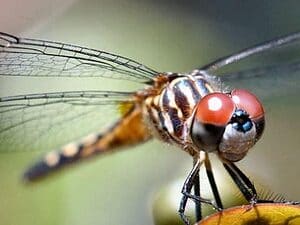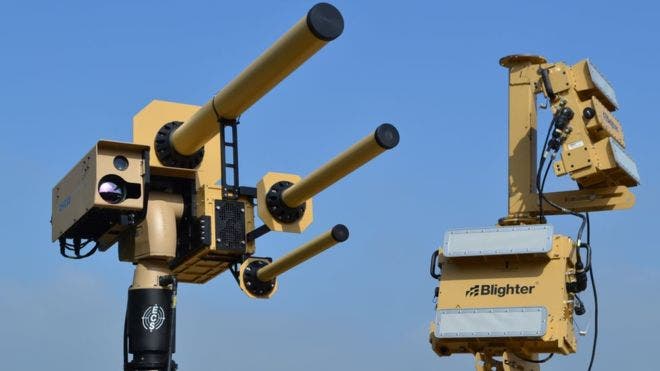
Scientists have come a step closer to mimicking the aerodynamics of flying animals in nature, which might lead to the creation of flapping-winged aircraft in the future, after a new breakthrough in the field. The study, conducted by biomimetic researchers at New York University, finds that the ideal weight-distribution for hovering is totally opposite from what conventional aerodynamics theory dictates.
The team of researchers, led by Jun Zhang, made a series of experiments based around “a pyramid-shaped object hovering in a vertically oscillating airflow.” Interestingly enough, these look more like paper-bugs. Various such paper-bugs of different centers of mass were put to the test – top-heavy bugs were made by fixing a weight above the pyramid, and low center-of-mass bugs bore this weight below. The conclusions were extremely surprising at the end; the pyramid flew better bottom-side up than the other way around – completely the other way around current hovering aircraft like helicopters perform, and totally opposite from land-based stability theory. Zhang explains:
“It works somewhat like balancing a broomstick in your hand,” Zhang said. “If it begins to fall to one side, you need to apply a force in this same direction to keep it upright.”
The team believes such a design for aircraft would be incredibly difficult to build and expensive, and as such they don’t hold much faith of seeing flapping-wing aircraft any time soon. Be certain, however, that the military will be keeping a very keen eye on all the research in the field. Current hovering aircraft, besides helicopters which have an extremely short-range, typically have vertical thrusters which need to provide an extreme amount of force to keep it stable and in mid-air. This results in an obscene amount of fuel consumption and low reliability.
Flapping-wing aircraft would be capable of much more than its straight, inflexible design counterpart. It would be able to lash at high-speeds in an instance, hover much easily, and would be able to stabilize much faster when faced with sudden outer stimuli. Nature is filled with countless examples that prove this design works impeccably. Again, this steam-punk dream is still very far from walking the plains of reality. UAVs of small-scale would be a different matter – this will likely be the first step.
The study is published in the journal Physical Review Letters.






